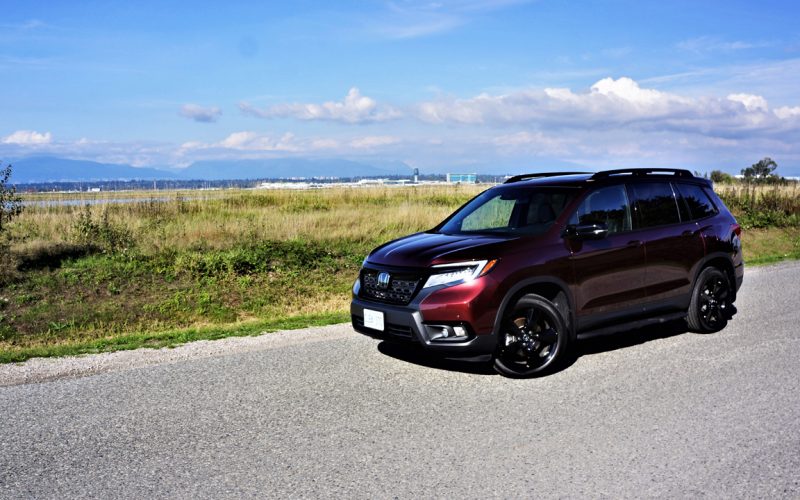
Reading Time: 16 minutesWith five-passenger crossovers regularly at the top of the mid-size SUV sales charts in North America,
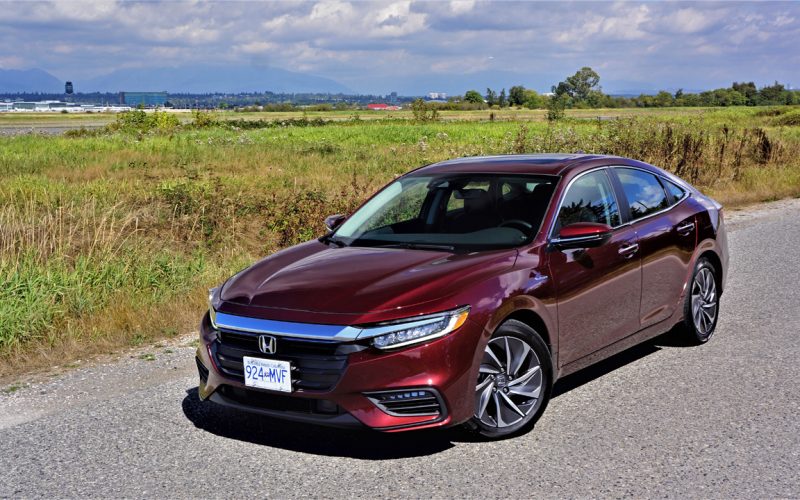
Reading Time: 15 minutesI’ve got to admit, Honda’s hybrid and full-electric strategy has long baffled the mind. Despite being
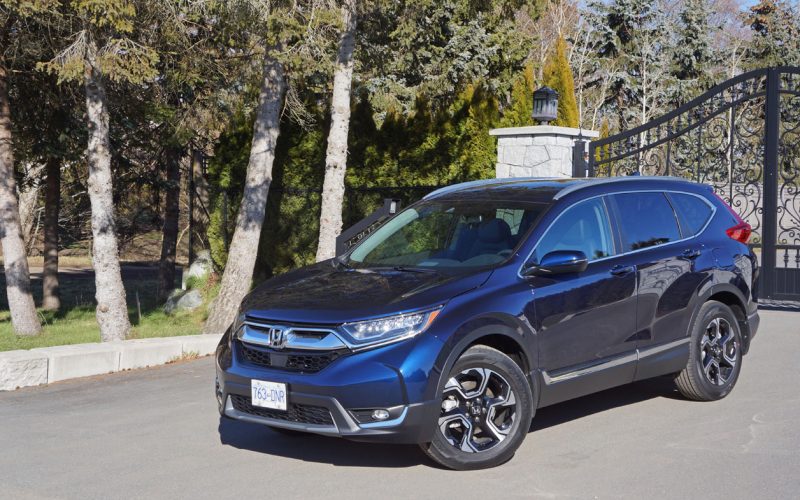
Reading Time: 14 minutesWhat’s the best-selling SUV in Canada? It’s not the Honda CR-V, but falling short by only
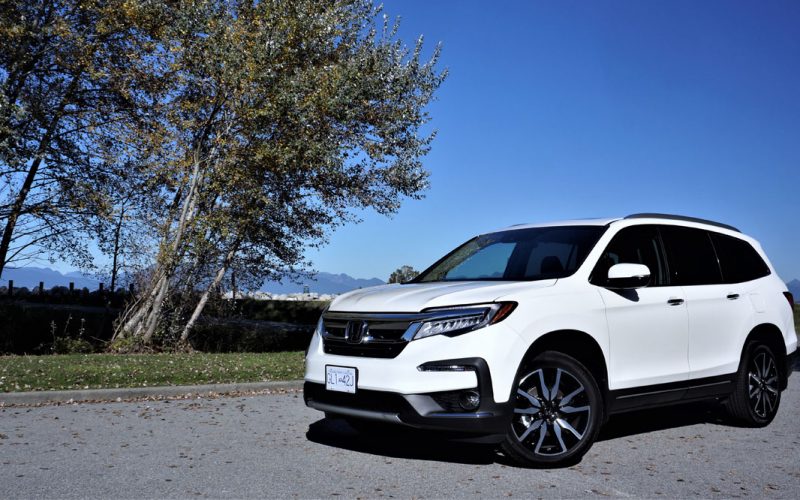
Reading Time: 10 minutesIn classic Honda fashion, the update from third-generation 2016-2018 Pilot 1.0 to 2019 Pilot 2.0 is
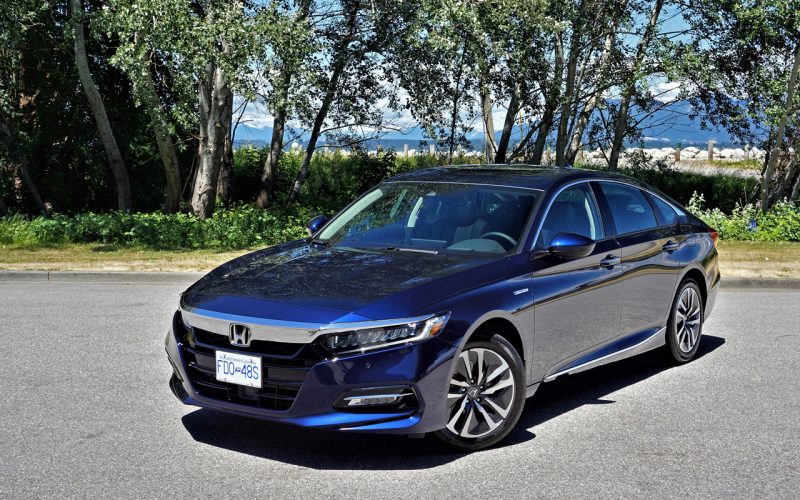
Reading Time: 16 minutesI said this before and I’ll say it again, the new Accord is the most attractive
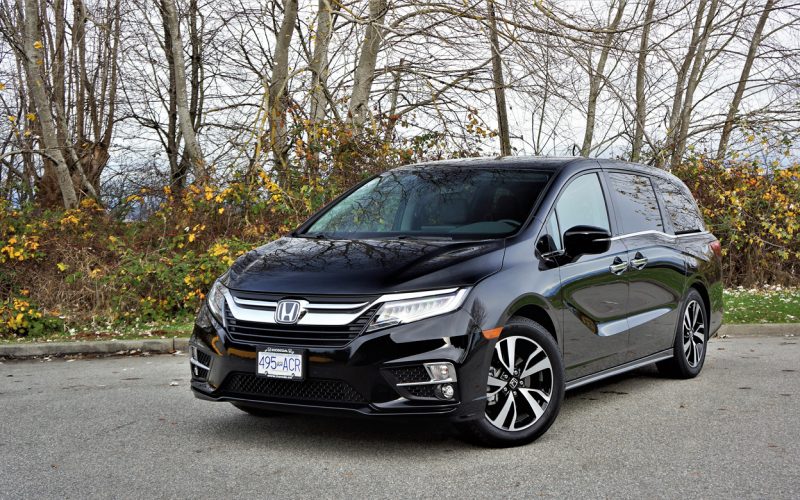
Reading Time: 15 minutesThe minivan is a strange beast. After the segment’s first foray into the market during the
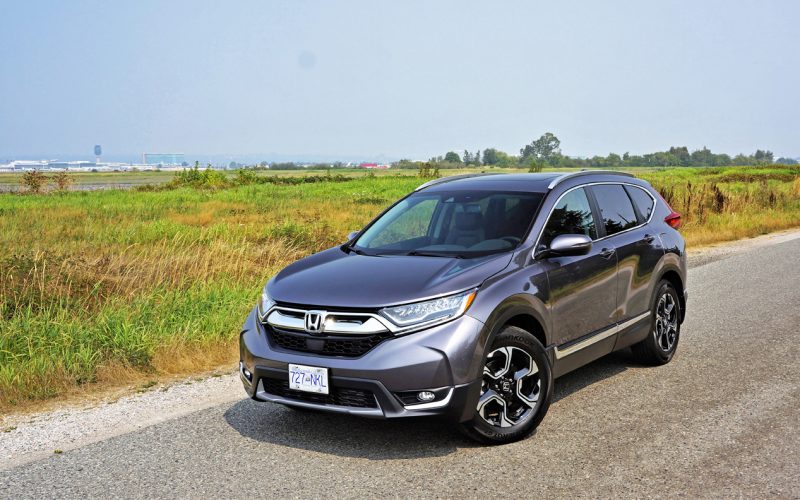
Reading Time: 9 minutesThe CR-V is the best SUV in its compact class. Yes, I know I’m going out
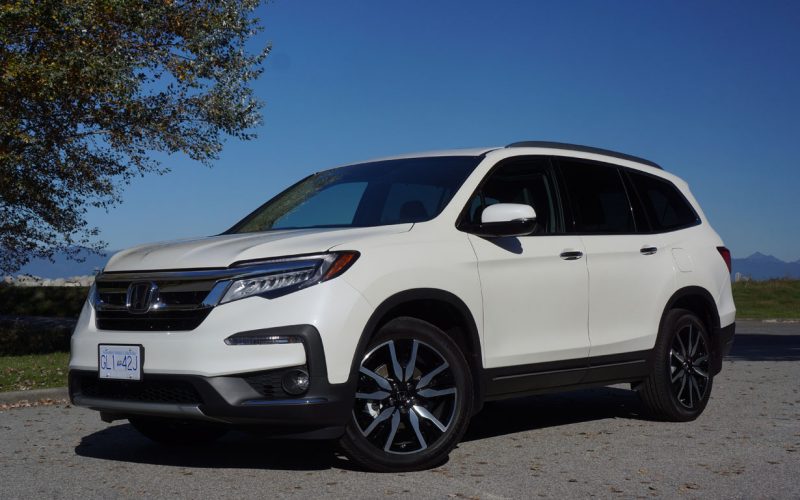
Reading Time: 6 minutesIn our garage this week is the refreshed 2019 Honda Pilot in top-line Touring trim, and
© 2025 The Car Magazine. All Rights Reserved, Privacy Policy | Terms of Use